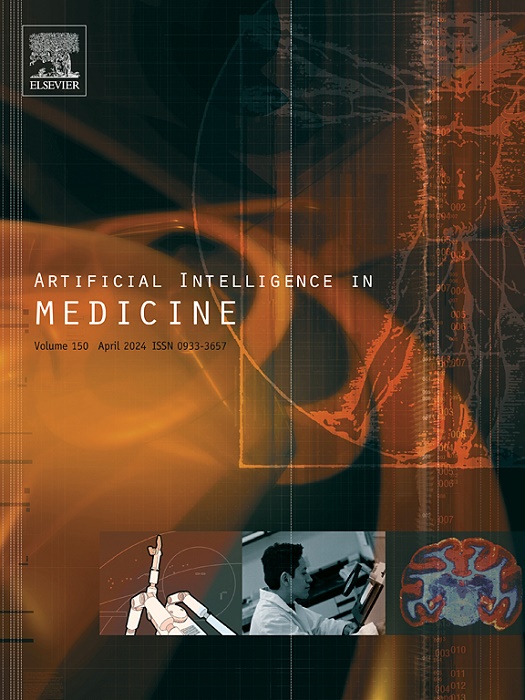Human visual perception-inspired medical image segmentation network with multi-feature compression
IF 6.2
2区 医学
Q1 COMPUTER SCIENCE, ARTIFICIAL INTELLIGENCE
引用次数: 0
Abstract
Medical image segmentation is crucial for computer-aided diagnosis and treatment planning, directly influencing clinical decision-making. To enhance segmentation accuracy, existing methods typically fuse local, global, and various other features. However, these methods often ignore the negative impact of noise on the results during the feature fusion process. In contrast, certain regions of the human visual system, such as the inferotemporal cortex and parietal cortex, effectively suppress irrelevant noise while integrating multiple features—a capability lacking in current methods. To address this gap, we propose MS-Net, a medical image segmentation network inspired by human visual perception. MS-Net incorporates a multi-feature compression (MFC) module that mimics the human visual system’s processing of complex images, first learning various feature types and subsequently filtering out irrelevant ones. Additionally, MS-Net features a segmentation refinement (SR) module that emulates how physicians segment lesions. This module initially performs coarse segmentation to capture the lesion’s approximate location and shape, followed by a refinement step to achieve precise boundary delineation. Experimental results demonstrate that MS-Net not only attains state-of-the-art segmentation performance across three public datasets but also significantly reduces the number of parameters compared to existing models. Code is available at https://github.com/guangguangLi/MS-Net
基于人类视觉感知的多特征压缩医学图像分割网络
医学图像分割是计算机辅助诊断和治疗计划的关键,直接影响临床决策。为了提高分割精度,现有的方法通常融合了局部、全局和各种其他特征。然而,这些方法在特征融合过程中往往忽略了噪声对结果的负面影响。相比之下,人类视觉系统的某些区域,如颞下皮层和顶叶皮层,在整合多个特征的同时有效地抑制无关噪声,这是当前方法所缺乏的能力。为了解决这一差距,我们提出了MS-Net,一种受人类视觉感知启发的医学图像分割网络。MS-Net集成了一个多特征压缩(MFC)模块,模仿人类视觉系统对复杂图像的处理,首先学习各种特征类型,然后过滤掉不相关的特征。此外,MS-Net还具有一个细分细化(SR)模块,可以模拟医生如何细分病变。该模块首先进行粗分割以捕获病灶的大致位置和形状,然后进行细化步骤以实现精确的边界划分。实验结果表明,MS-Net不仅在三个公共数据集上获得了最先进的分割性能,而且与现有模型相比,显著减少了参数数量。代码可从https://github.com/guangguangLi/MS-Net获得
本文章由计算机程序翻译,如有差异,请以英文原文为准。
求助全文
约1分钟内获得全文
求助全文
来源期刊

Artificial Intelligence in Medicine
工程技术-工程:生物医学
CiteScore
15.00
自引率
2.70%
发文量
143
审稿时长
6.3 months
期刊介绍:
Artificial Intelligence in Medicine publishes original articles from a wide variety of interdisciplinary perspectives concerning the theory and practice of artificial intelligence (AI) in medicine, medically-oriented human biology, and health care.
Artificial intelligence in medicine may be characterized as the scientific discipline pertaining to research studies, projects, and applications that aim at supporting decision-based medical tasks through knowledge- and/or data-intensive computer-based solutions that ultimately support and improve the performance of a human care provider.
 求助内容:
求助内容: 应助结果提醒方式:
应助结果提醒方式:


